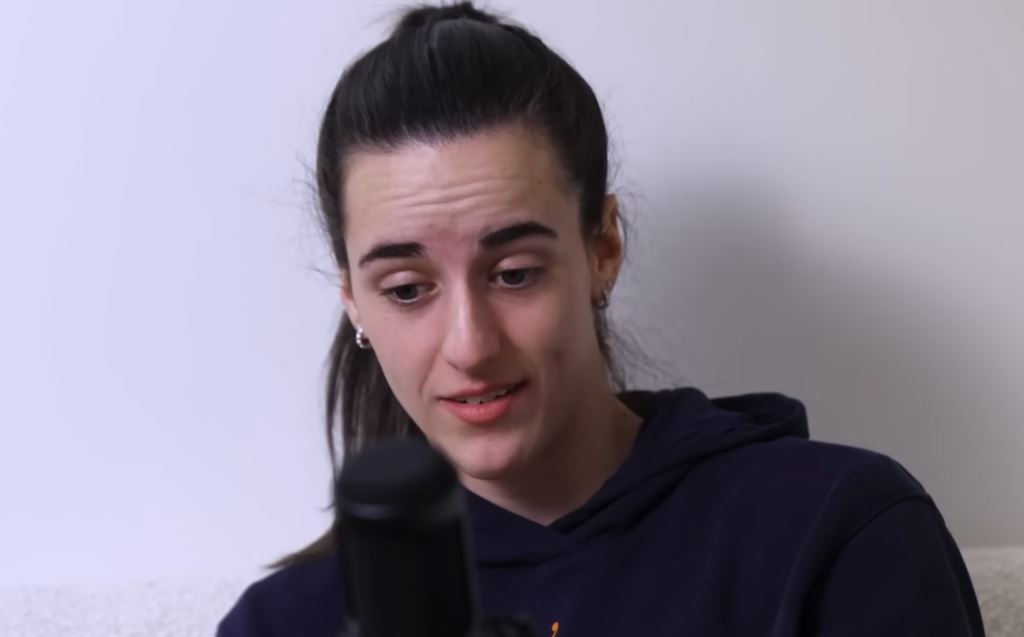
Given her growing financial and cultural influence on professional basketball, Caitlin Clark’s official 2025 salary of $78,066 with the Indiana Fever seems incredibly low. She agreed to a four-year rookie contract worth $338,056, which significantly understates her actual market value. Her presence, however, bears a remarkable resemblance to Michael Jordan’s entry in the early 1990s, which had the power to practically overnight change a league’s economy.
Her impact has been incredibly successful in bringing women’s basketball into the public eye. Every time she appears, whether it’s on the court or off the court at another athletic event, it becomes a narrative. Television ratings rise, ticket sales soar, and merchandise sells out in a matter of hours. However, her payment continues to serve as a reminder of the restrictions imposed by the WNBA’s collective bargaining agreement, which restricts supermax earnings at slightly less than $250,000 and fixes rookie contracts.
Caitlin Clark – Bio and Salary Overview
| Information | Details |
|---|---|
| Full Name | Caitlin Elizabeth Clark |
| Date of Birth | January 22, 2002 |
| Birthplace | Des Moines, Iowa, USA |
| Height | 1.83 m (6 ft) |
| Weight | 157 lbs (71 kg) |
| Position | Guard (#22) |
| Current Team | Indiana Fever, WNBA |
| Education | University of Iowa, Dowling Catholic HS |
| Rookie Contract | 4 years, $338,056 |
| 2025 Salary | $78,066 |
| Average Annual Salary | $84,514 |
| Endorsements | Nike, Gatorade, State Farm, Wilson, Xfinity, Hy-Vee, Panini |
| Endorsement Earnings | $11M+ in 2024 |
| Awards | Rookie of the Year, All-WNBA First Team (2025) |
The fact that Clark earned $11 million in endorsements in 2024, making her WNBA salary merely a rounding error in comparison to what business partners spend, is what makes this discrepancy more noticeable. She reportedly agreed to an eight-year contract worth over $28 million with Nike, and her image was paid top dollar by Gatorade, State Farm, and Panini. Clark has greatly decreased her dependency on base income by using her star power through endorsements, which is especially advantageous in a league where structural pay constraints still exist.
Nevertheless, the data presents a strong case for inequality. In 2025, her injury-related five-game absence caused a more than 40% decline in WNBA TV ratings. Nearly immediately, ticket resale values fell, with some dropping by as much as 70%. However, her contract was unable to adjust to account for this quantifiable and instantaneous decline in league worth.
Since Clark’s arrival, the Fever’s own value has significantly increased. Financial analysts estimate that the team’s value increased by almost 270% between 2024 and 2025, while the value of other WNBA franchises increased by around 180%. Clark’s ability to garner previously unheard-of attention has been directly responsible for this spike; opponents have even moved games into NBA-sized arenas to accommodate the demand.
However, her pay remains fixed at levels that seem especially antiquated. In contrast, the 2024 NBA Draft number one pick signed a $57 million contract, while the lowest-paid NBA rookie makes over $1 million. Clark’s basketball-related income, meanwhile, is still less than 2% of the NBA median. Although the disparity is glaringly obvious, it also shows how much room there is for women’s sports to expand.
Clark belongs to a new era of athlete economics when sponsorships take precedence over base pay. Elite female athletes may build financial empires outside of regular salary, as seen by Simone Biles, Serena Williams, and Eileen Gu. Although Clark’s empire of endorsements is incredibly successful in guaranteeing her financial security, it also highlights the league’s own shortcomings.
There is more to this income disparity than just statistics. It represents the larger story of how women’s sports are viewed, spoken about, and promoted. Clark’s ascent as a change agent has inspired both fans and the media, who have used her $78,000 salary as a metaphor for structural injustice. Her presence has evolved into a cultural and economic force, encouraging young girls to envision themselves playing professional basketball and making business leaders reevaluate antiquated systems.
Her predicament is reminiscent of Michael Jordan’s influence in the early 1990s. Then, analysts estimated that Jordan earned more than $120 million a year in league income, but only received a small portion of that in compensation. The analogy is obvious: Caitlin Clark has already achieved the status of a worldwide icon in the WNBA, but her compensation does not match that status.
Clark has guaranteed her rapid income by strategically incorporating sponsorships into her brand. But if the league wants to keep talents like her in the long run, it needs to change. The WNBA’s future agreements might change the financial trajectory for all of its players, as television rights continue to be the most effective tool for boosting revenue. It is hoped that Clark’s successors will gain significantly better contracts that better reflect their achievements through strategic alliances and renegotiated CBAs.
It is impossible to exaggerate the Caitlin Clark Effect. She has already elevated the Fever to the status of a must-watch basketball team, sparked unprecedented national television attention, and established herself as a focal point of popular culture. But neither the tremendous audiences she continues to draw nor the billion-dollar valuation some analysts say she provides to the league are reflected in her salaries.
On the plus side, Clark’s underpayment today might act as the impetus for important change. Similar to how Jordan’s ascension changed the NBA’s approach to marketing and pay, Clark’s rise could eventually lead the WNBA to adopt much more equitable revenue-sharing plans. The WNBA’s ability to adjust swiftly enough to meet her influence will be more important in the upcoming years than whether she will receive the compensation she is due.
